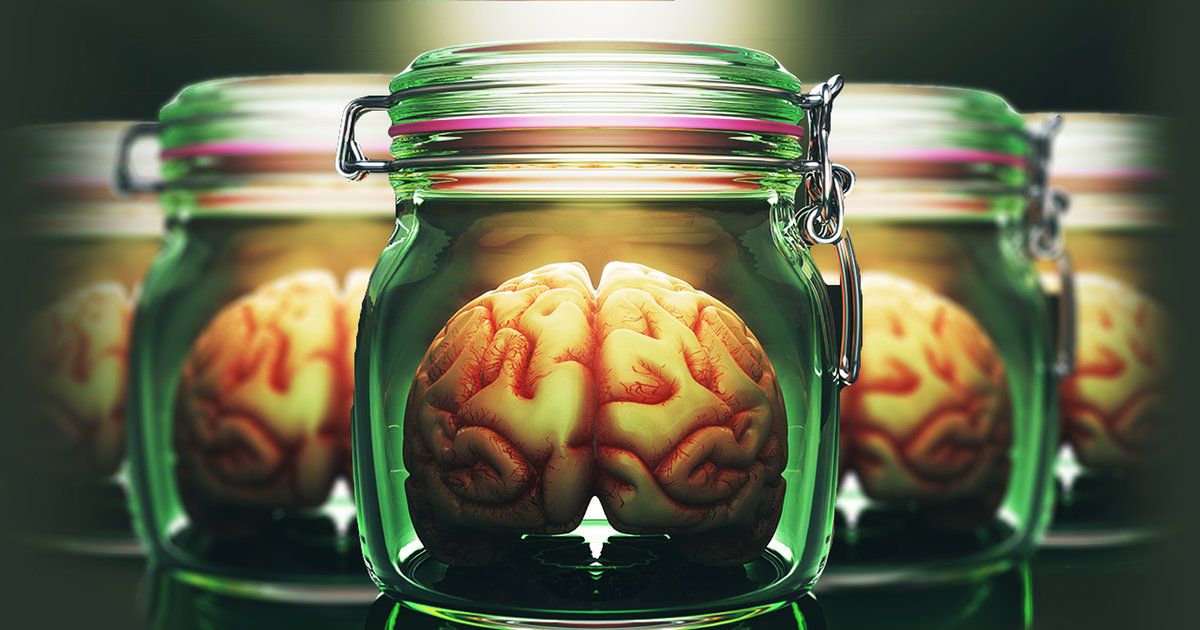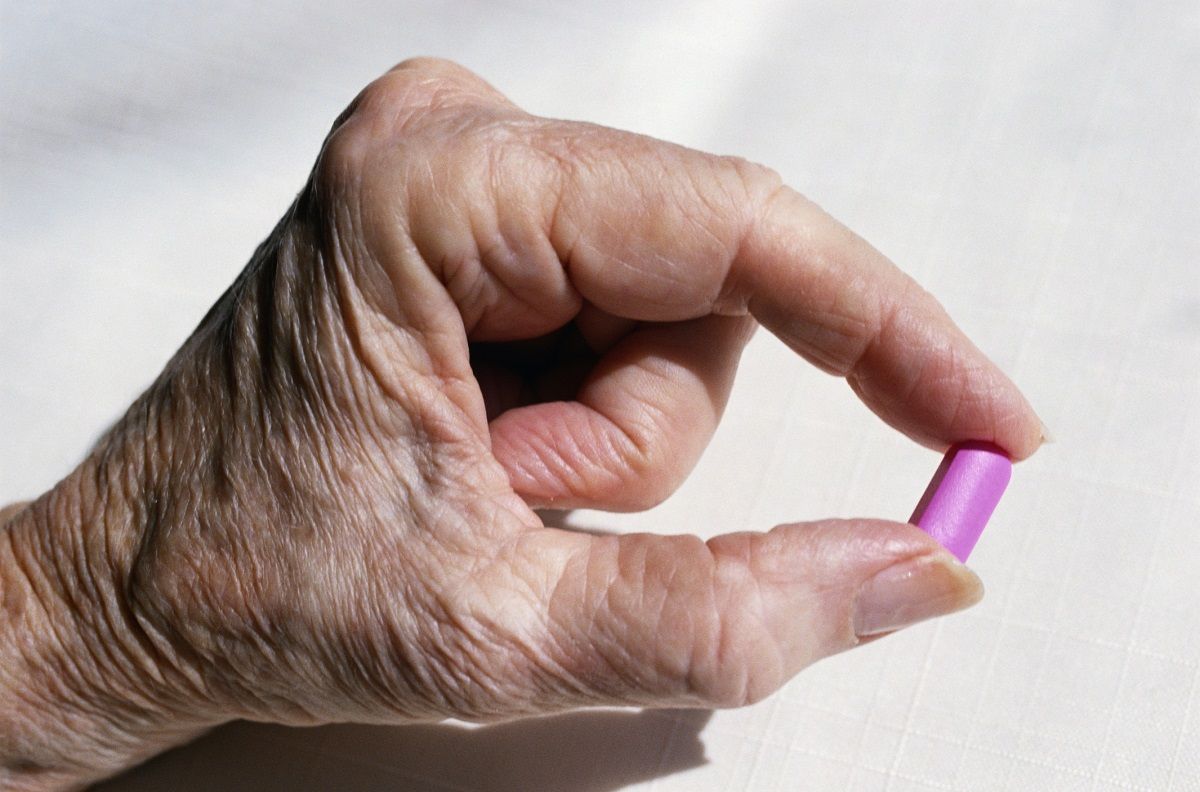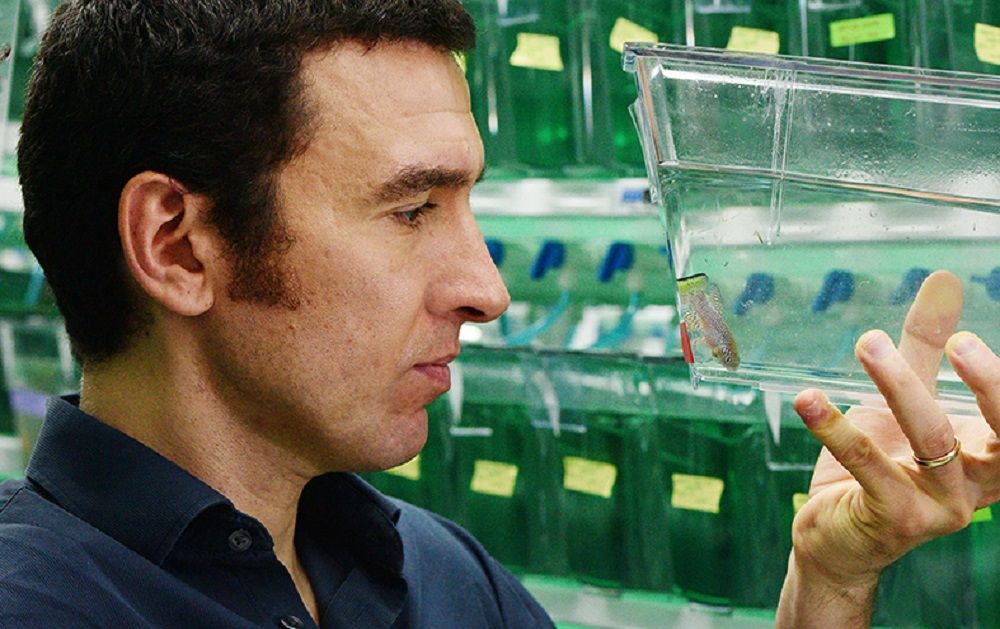Watch How Close Are We to Farming Human Body Parts?, a Biotech video from Seeker.
A look back at the most popular life extension articles of 2017.
Senolytic compounds hold promise to reverse aging in humans. In a review published yesterday, leading researcher James L. Kirkland, M.D., Ph.D., compiles a comprehensive list of the leading senolytic compounds under development for human use, two of which are currently in clinical trials. [This article first appeared on LongevityFacts.com. Follow us on Reddit | Google+. Author: Brady Hartman. ]
Imagine if you were able to reverse aging and bring your body back to its original health and vigor.
Researchers have already discovered a group of drugs called senolytics which perform this miraculous transformation in mice and are testing them in humans as we speak.
A look back at the most popular life extension articles of 2017.
The microbiome is emerging as a new player in human health. Researchers recently extended the lifespan of middle-aged animals by nearly 50% by infusing them with the poop of younger fish. [This article first appeared on the website LongevityFacts.com. Author: Brady Hartman. ]
Remember the young blood, old blood experiments in which the young blood of mice rejuvenated old mice?
Well, young poop may be even more rejuvenating.
A look back at the most popular life extension articles of 2017.
Summary: A geroscientist is a new breed of a researcher who aims to understand and defeat human aging using a branch of study called geroscience. What these longevity researchers have in the pipeline just may surprise you. [This article first appeared on the website LongevityFacts.com. Author: Brady Hartman. ]
A new breed of a researcher called the geroscientist is striving to end aging as we know it.
And the anti-aging drugs they have in the pipeline might just startle you.
As compared to India, other BRICS nations — Brazil, Russia, China and South Africa — had spent more of their GDP on research. Most of the developed countries, in fact, spent more than 2 per cent of their GDP on R&D.
India’s gross research spending has consistently been increasing over the years but the country’s total expenditure on R&D continues to be less than 1 per cent of its gross domestic product (GDP) when other emerging economies, including China and Brazil, invest more money on this head.
Representative image.
SRF Home
Posted in biotech/medical, life extension, neuroscience









 Representative image.
Representative image.